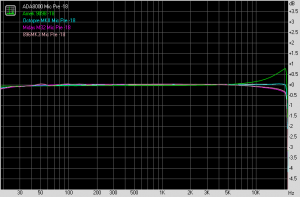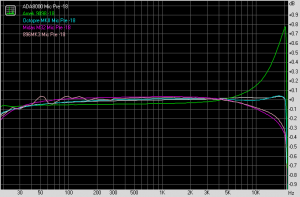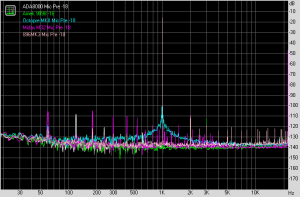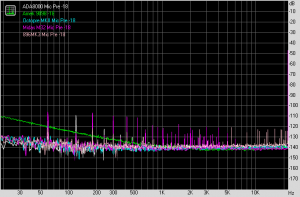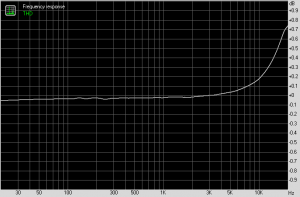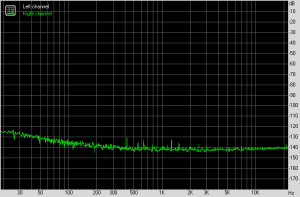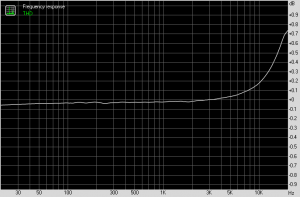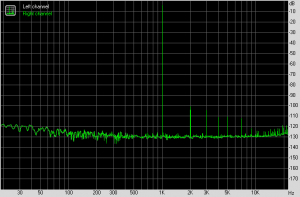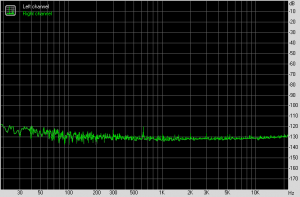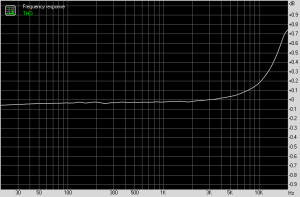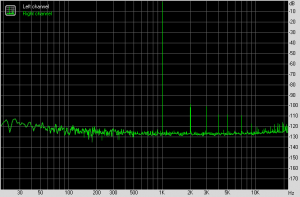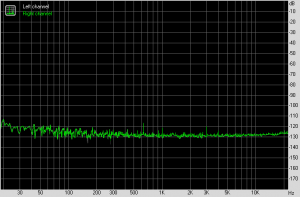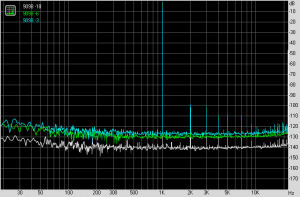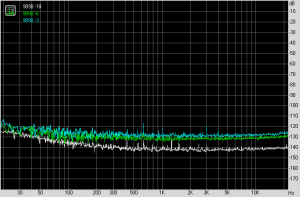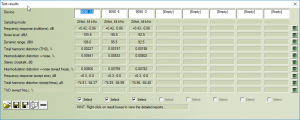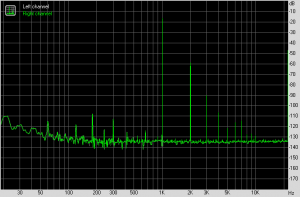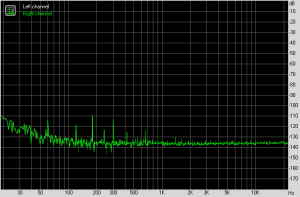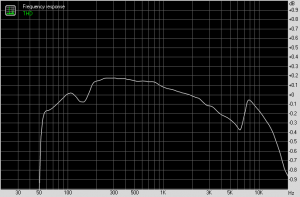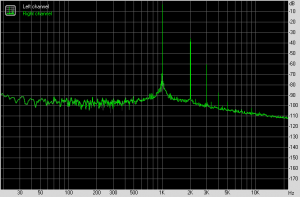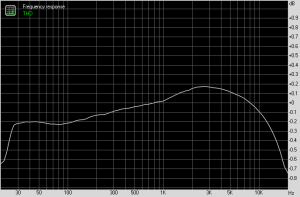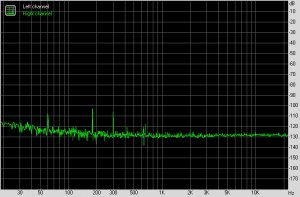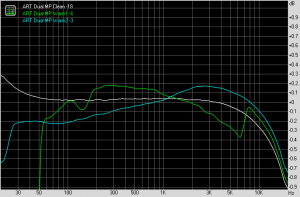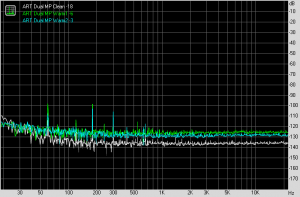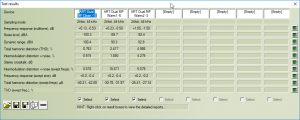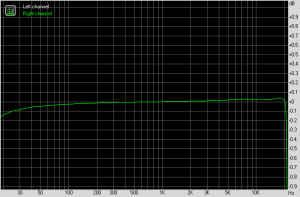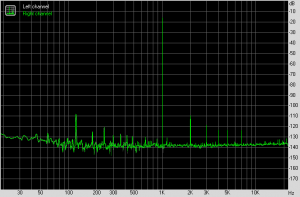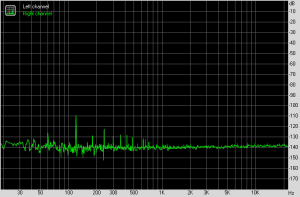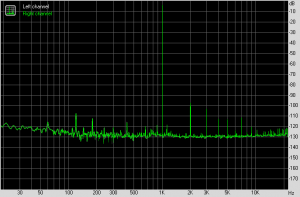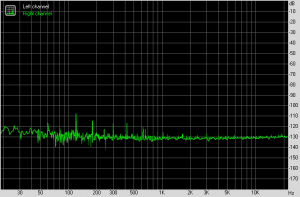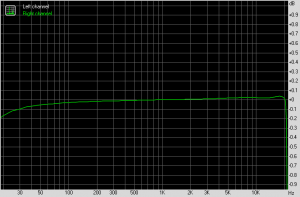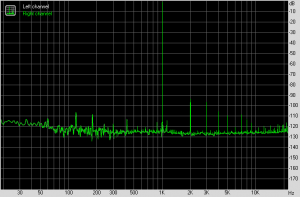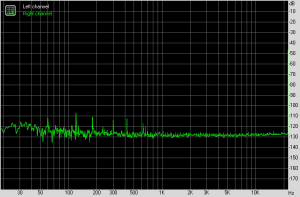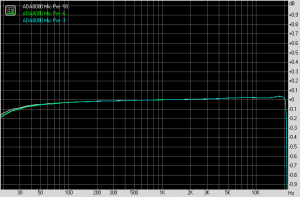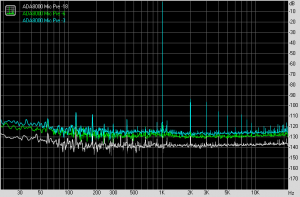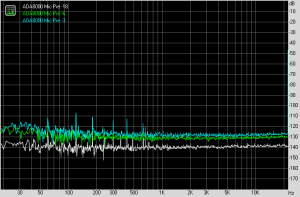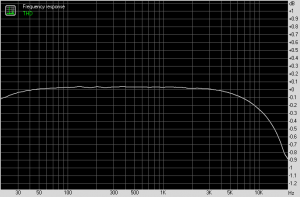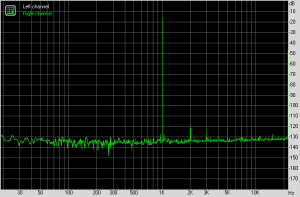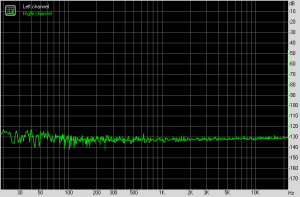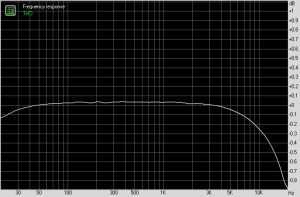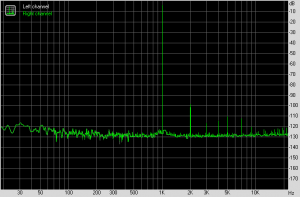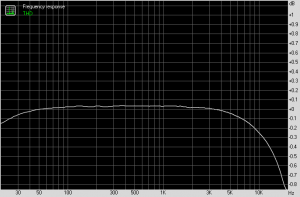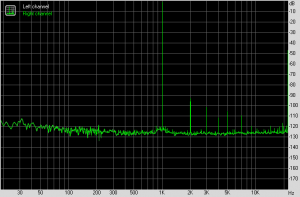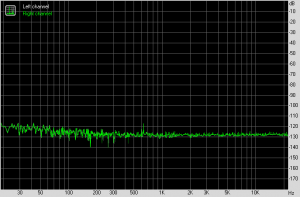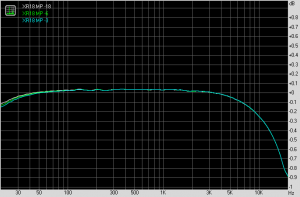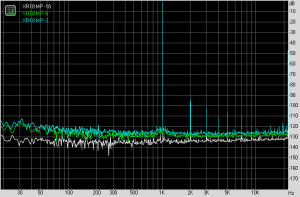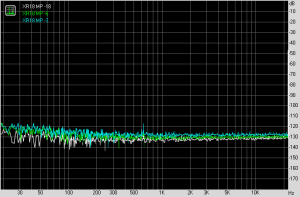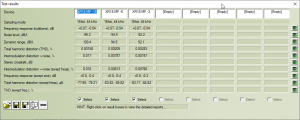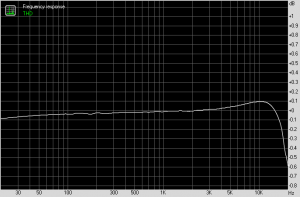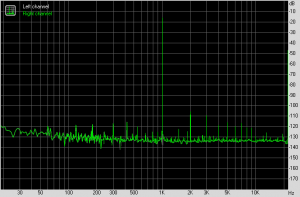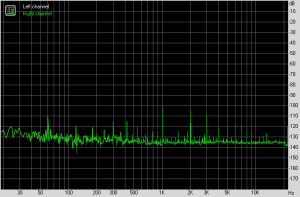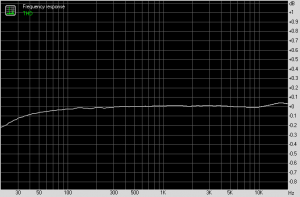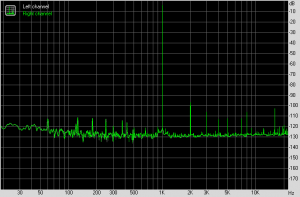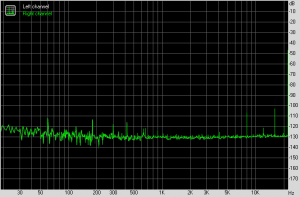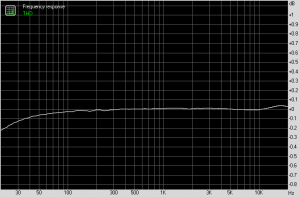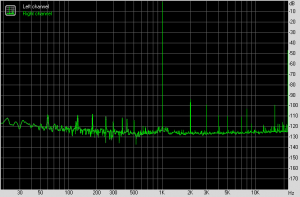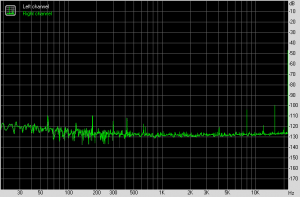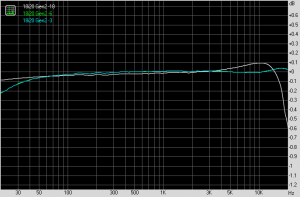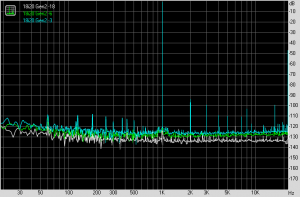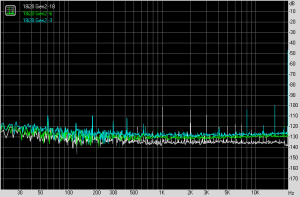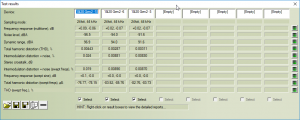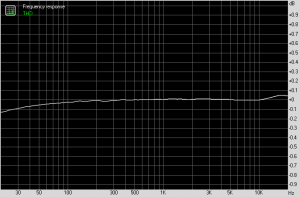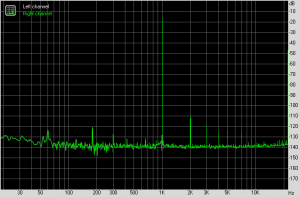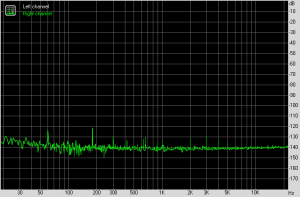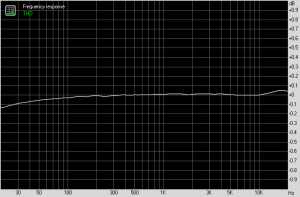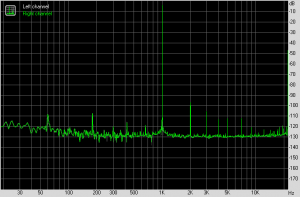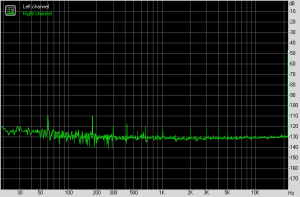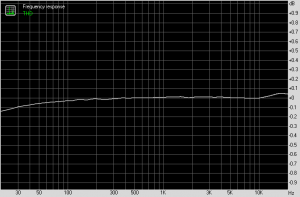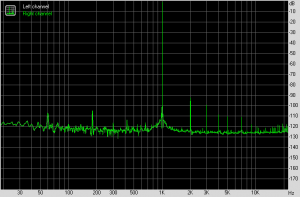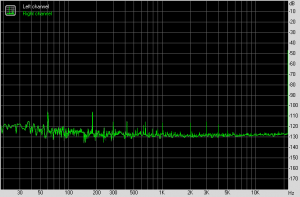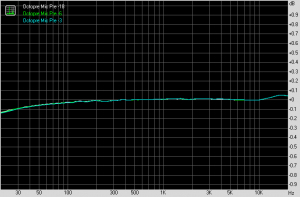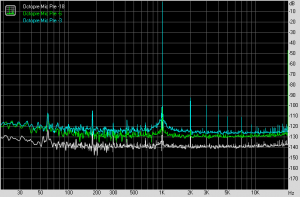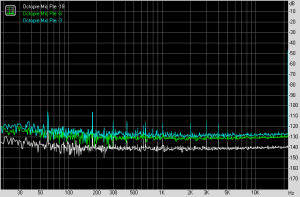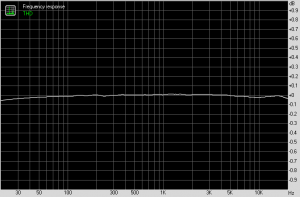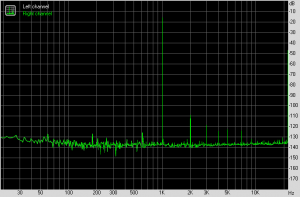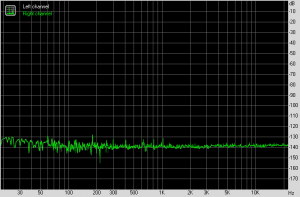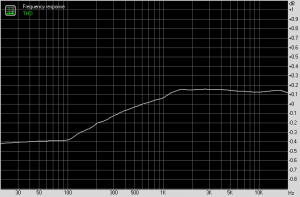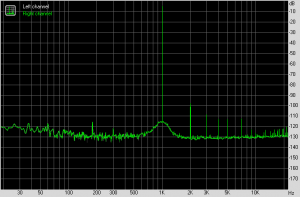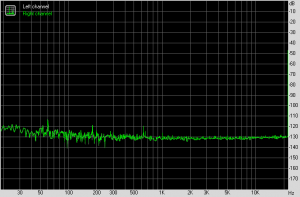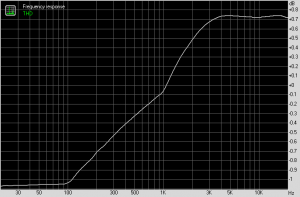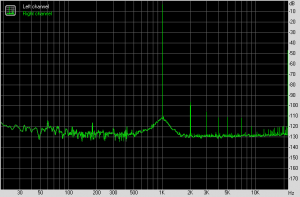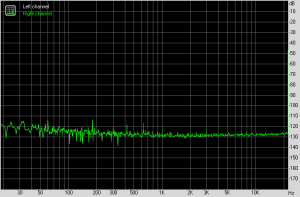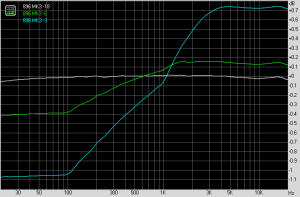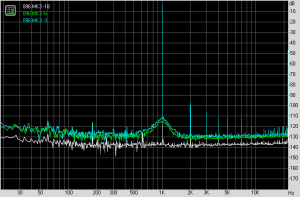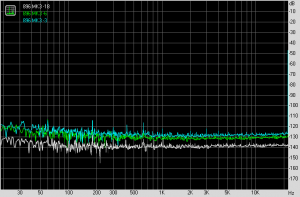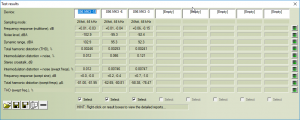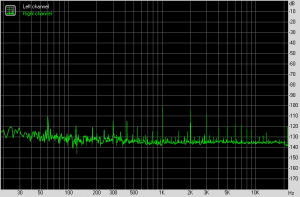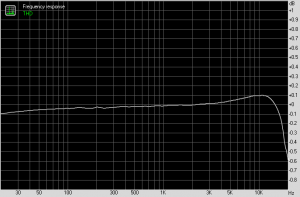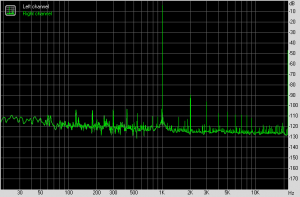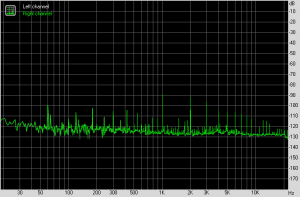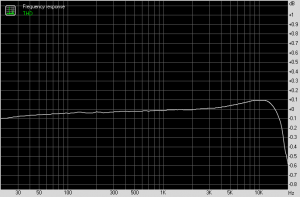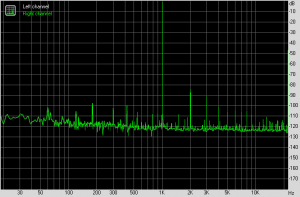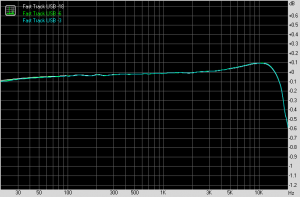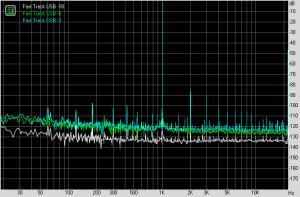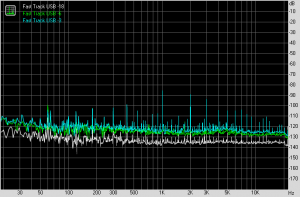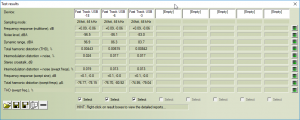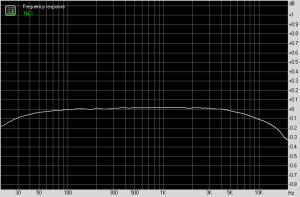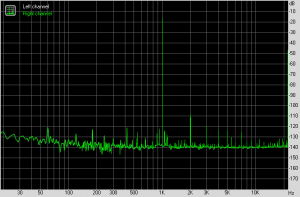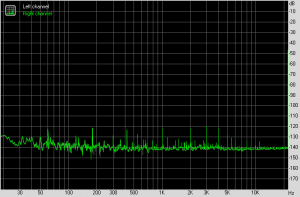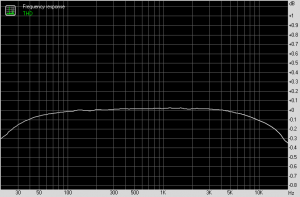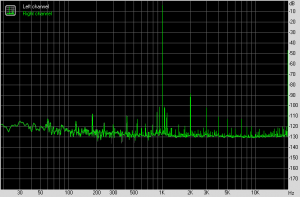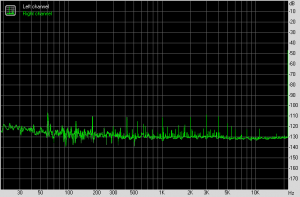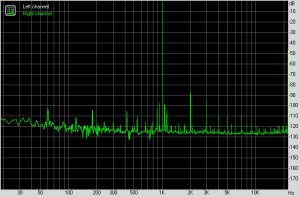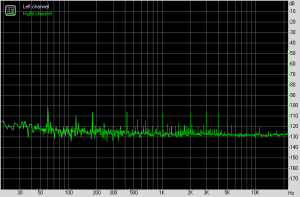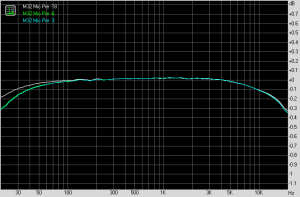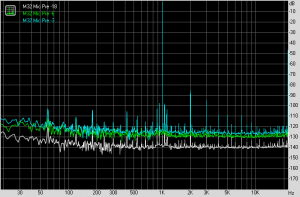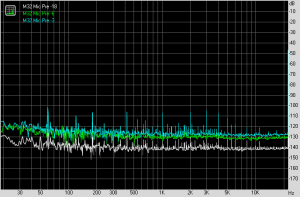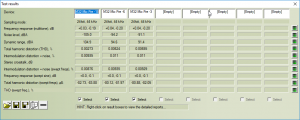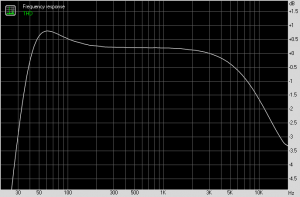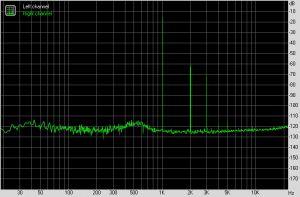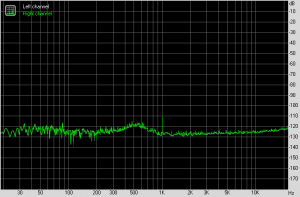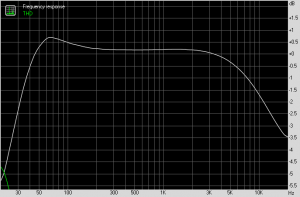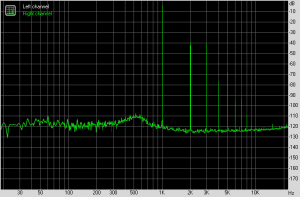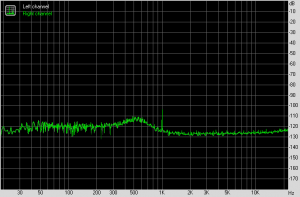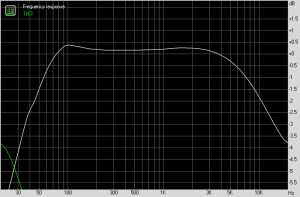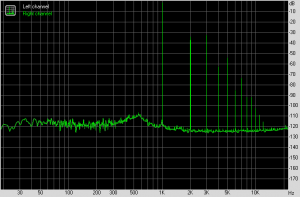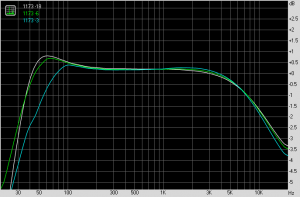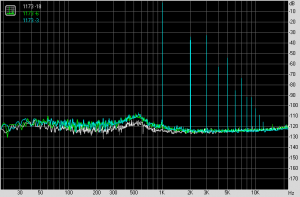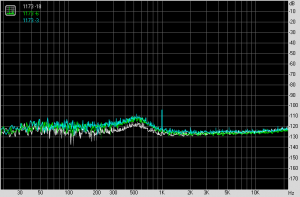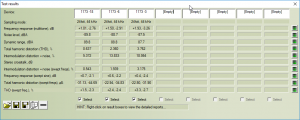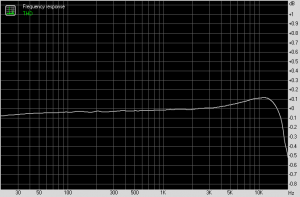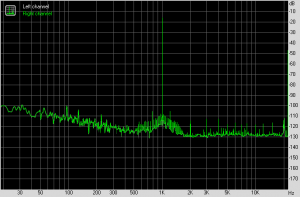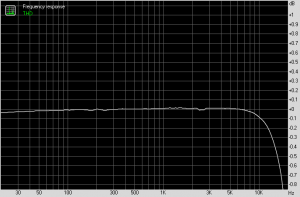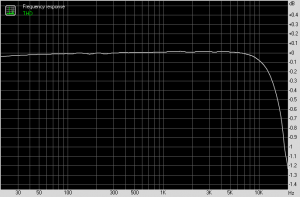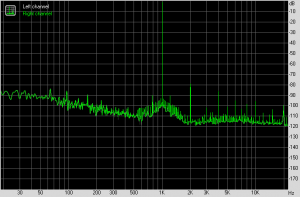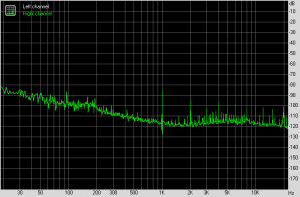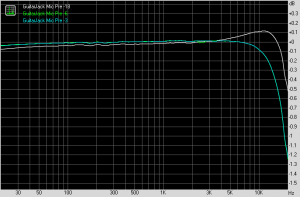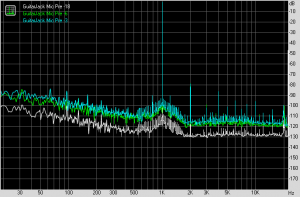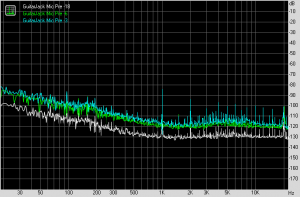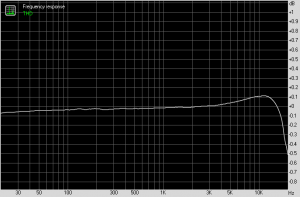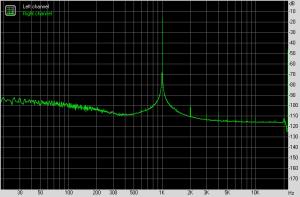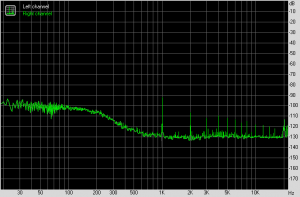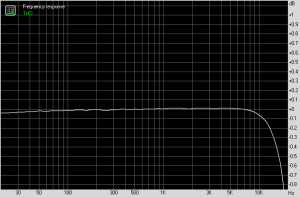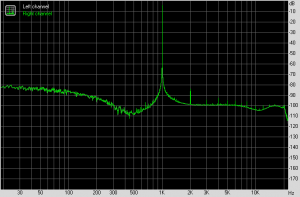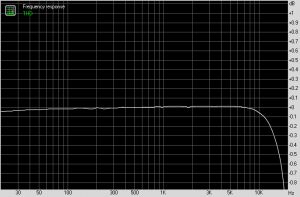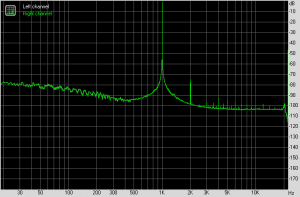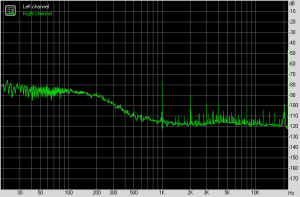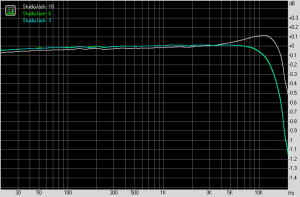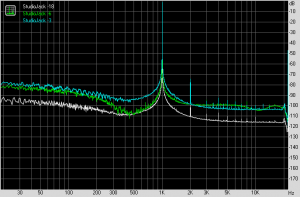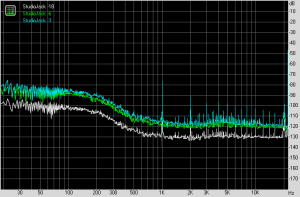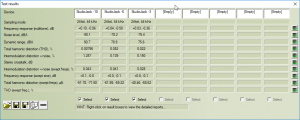For the TL;DR – Most mic pres are extremely similar to each other. The zoomed in chart is at 0.1 dB resolution. Across an insanely wide range of prices and designs, most of these are within 1dB of each other! I will hopefully have an even higher resolution version of this soon, but the Behringer ADA8000 had to go back into use so it wasn’t available for the higher resolution tests.
Amek 9098
ART Dual MP – This one turned out rather weird. Not sure if its a bad unit, or if these are just this goofy
Behringer ADA8000 – This is the much maligned and much dreaded and much dismissed el-cheapo Behringer Mic Preamp/ Analog to Digital and Digital to Analog converter with ADAT I/O. Possibly the Mackie/Adat combo of our (or previous) generation. Sorry Charlie, but this actually tests pretty well. For all the hyperbole, the claims of its horror do not seem to be empirically justified (though they are reported to have their own problems with power supplies). This unit had to go back into use before the more comprehensive testing was done, so its results are not as detailed as some of the others.
Behringer XR18 – Remote controlled mixer/FX processor/Audio Interface
Focusrite 18i20 Generation 2
Focusrite Octopre MKII
Mark Of The Unicorn 896 MK 3 – Here we see a mic preamp who’s frequency response really does change as the gain increases, as the Hyperbole Factory so often claims about all the big money mic preamps. However, as we shall see, that isn’t actually usually the case for the more expensive and “name” mic preamps, but as predicted by the Reality Based Community, would be more often seen among the cheaper and older prosumer units. Also as predicted by those based in Reason, the skew will often be towards the highs, rather than “fattening up the low end” as the True Believers so often scream. Zoomed in like this, the frequency response looks horrific, but in reality, its within +/- 1 dB, so still probably not noticeable.
Maudio Fast Track USB – One of the oldest USB interfaces, possibly the very first one? Not sure, but it is ancient!
Midas M32 Mic Preamp – This one is talked about all over the forums as having a special, allegedly good sounding distortion as the level goes up. It seems that that is sort of true. Distortion does go up at the highest gains (below 0dBFS anyway, not counting converter clipping), but it is like 70dB or more below the signal, so most likely, you will never hear it. Interestingly, the Digital to Analog converters on the M32 seem to have a boost in the high end just about completely counter to the dip in the high end on the mic pres.
Neve 1073 – UK Sound 1173 version. And now, we finally have a mic preamp so far from flat that I have to zoom out pretty far to show the frequency response. Instead of 0.1dB steps, we are looking at 0.5dB. Also, one of the claims about this particular mic preamp is that it distorts more as more gain is applied, and in this case it is true. I’ll be testing other versions of the 1073 mic preamp so don’t take this as gospel. When it comes to Neves, API’s and some of the other dinosaur mic pres, you will be dealing, constantly with the No True Scotsman and God of the Gaps arguments from the True Believers, so you probably will never be able to find one that everyone will accept as the breed standard (which to me is yet another argument for just having flat, low noise and low distortion mic preamps in the first place). This is probably the most expensive mic pre tested on this list so far, and is BY FAR the worst performer aside from possibly the ART Dual MP. One of the claims the True Believers proclaim over and over and over with no evidence (and will even attack you if you ask for evidence) that they constantly make is “You get what you pay for”. Nope! That myth can go jump in the lake, but again, those in the Reality Based Community already knew that.
Sonoma Wireworks GuitarJack Stage Mic Pre
Sonoma Wireworks StudioJack Mini Mic Pre
